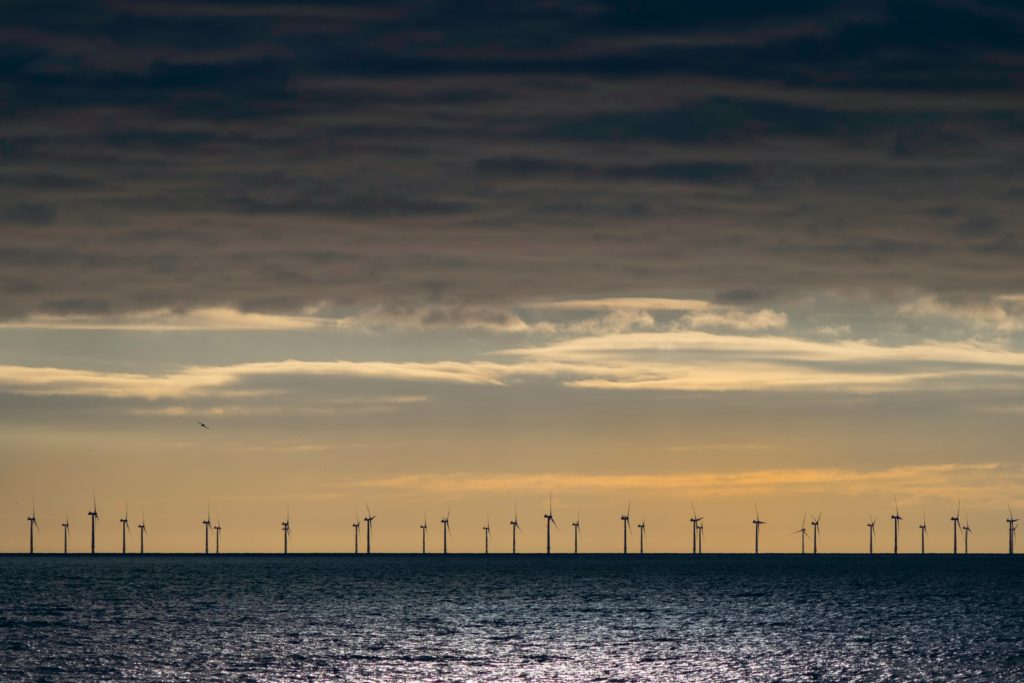Location: UK, Europe and Asia
Client: Various: Confidential
ITPEnergised has been conducting cable rating studies supporting the design of offshore export cable systems for offshore wind (OW) in the UK, Europe and Asia for over 5 years and has broad experience of providing early stage feasibility design through to detailed design and procurement support.
Our engagement at early stages of an OW project’s design commonly involves working closely with geotechnical and geophysical engineers as well as the environmental team to characterise the cable installation conditions wherever the study is focused. This can include the onshore section of an export route, landfall including Horizontal Direction Drill (HDD) configurations, seabed installation including sediment mobility, the approach to the offshore substation (OSS) or turbine platform and inside the cable termination apparatus, typically a J-tube.
Defining the installation conditions for the cable rating calculations is often undertaken pre and post ground investigation (GI) and forms a crucial iterative step in identifying suitable conductor cross-section areas (CSAs) for the export cable system; and results in a cable rating specification to be used as employers requirements at the procurement stage.
Our Role:
ITPEnergised provides steady state cable rating in accordance to IEC 60287. Dynamic cable rating calculations in accordance with IEC 60853 and BSH 7005 as well as the method presented by CIGRE paper B1-303. This accounts for the time varying nature of wind and the typical capacity factors of 40 – 60%. Dynamic cable rating can reduce costs and allow for increased power export.
Increasingly, OW projects are being developed with long offshore export routes which require reactive compensation for the cable system, this must be accounted for in the dynamic cable rating. The Power Systems team at ITPEnergised enable us to iterate solutions through models of the offshore transmission system and account for the variation in cable charging current across the offshore route. This and other wider electrical design considerations support our core role as cable designer for this type of work.
Outcomes:
ITPEnergised have been able to realise potential cost savings through dynamic cable rating resulting in reduction of conductor CSAs and the number of circuits for offshore wind projects. ITPEnergised can support detailed design, procurement engagement and review of tender documentation.
Download the case study PDF here.

